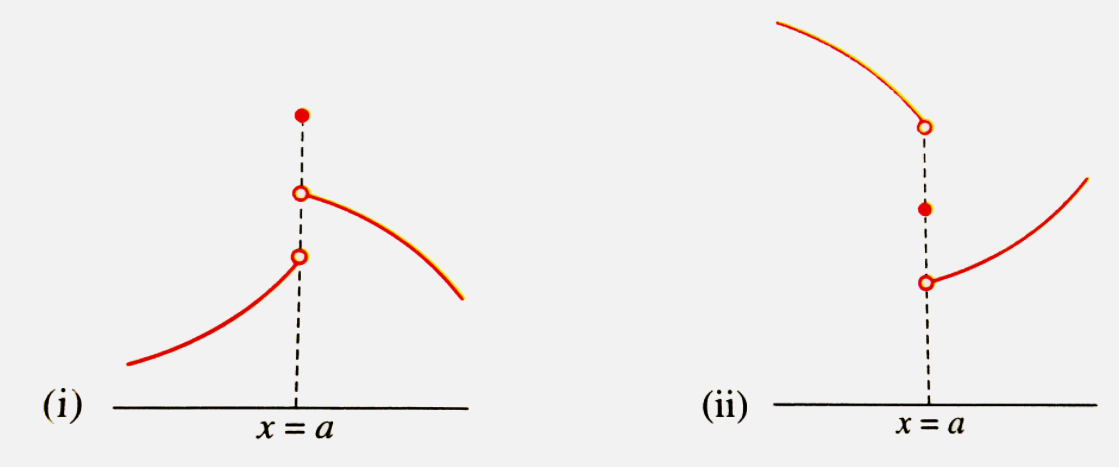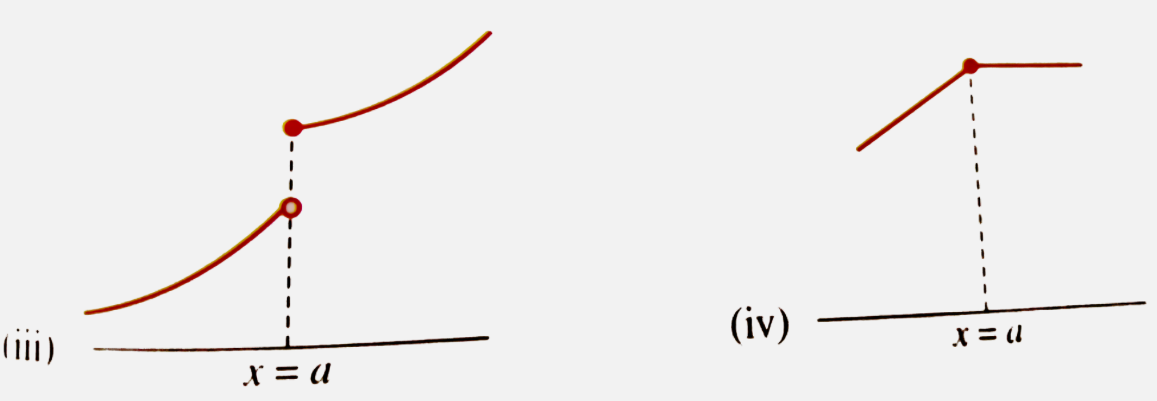In a monopolistic economy, p = f(x), generally decreasing with increase in x so that dpdx=0 . Then
MR < AR
MR = AR
MR > AR
None of these
The correct Answer is:A
Topper's Solved these Questions
Similar Questions
Knowledge Check
The differential equation y=px+f(p), …………..(i)
where p=dydx,is known as Clairout's equation. To solve equation i) differentiate it with respect to x, which gives either
dpdx=0⇒p=c………….(ii)
or x+fi(p)=0…………(iii)
The number of solution of the equation f(x)=−1 and the singular solution of the equation y=xdydx+(dydx)2 isA1B2C4D0
The differential equation y=px+f(p), …………..(i)
where p=dydx,is known as Clairout's equation. To solve equation i) differentiate it with respect to x, which gives either
dpdx=0⇒p=c………….(ii)
or x+fi(p)=0…………(iii)
The number of solution of the equation f(x)=−1 and the singular solution of the equation y=xdydx+(dydx)2 is
View SolutionFind the interval of increasing and decreasing of the function f(x)=logxx
View Solutionf(x)={0 x=0x−3x>0.The function f(x) is
(a) Increasing when x≥0
(b) Strictly increasing when x>0
(c) Strictly increasing at x=0
(d) Not continuous at x=0 and so it is not increasing when x>0
View Solutionthe function f(x)=x2−x+1 is increasing and decreasing
View SolutionLet h(x)=f(x)−(f(x))2+(f(x))3 for every real number x. Then (a) h is increasing whenever f is increasing (b)h is increasing whenever f is decreasing (c)h is decreasing whenever f is decreasing (d) nothing can be said in general
View Solutionf(x)=∫(2−11+x2−1√1+x2)dx then f is (A) increasing in (0,π) and decreasing in (−∞,0) (B) increasing in (−∞,0) and decreasing in (0,∞) (C) increasing in (−∞,∞) and (D) decreasing in (−∞,∞)
View SolutionShow that f(x)=cosx is a decreasing function on (0, π) , increasing in (π, 0) and neither increasing nor decreasing in (π, π) .
View Solution


